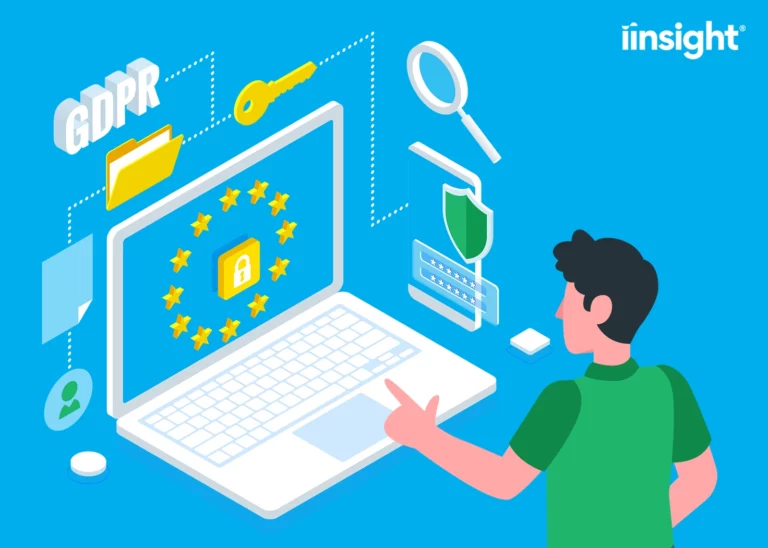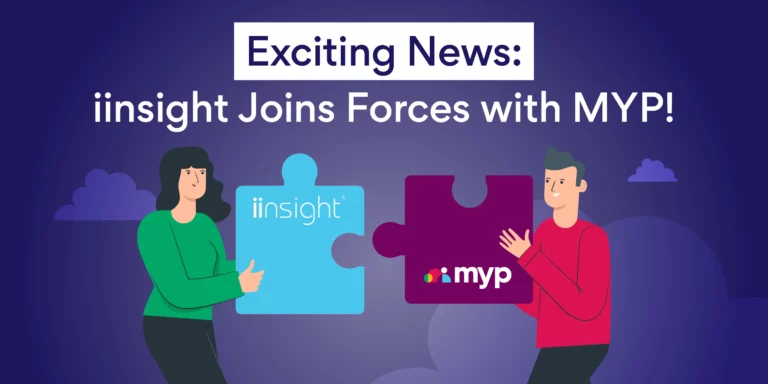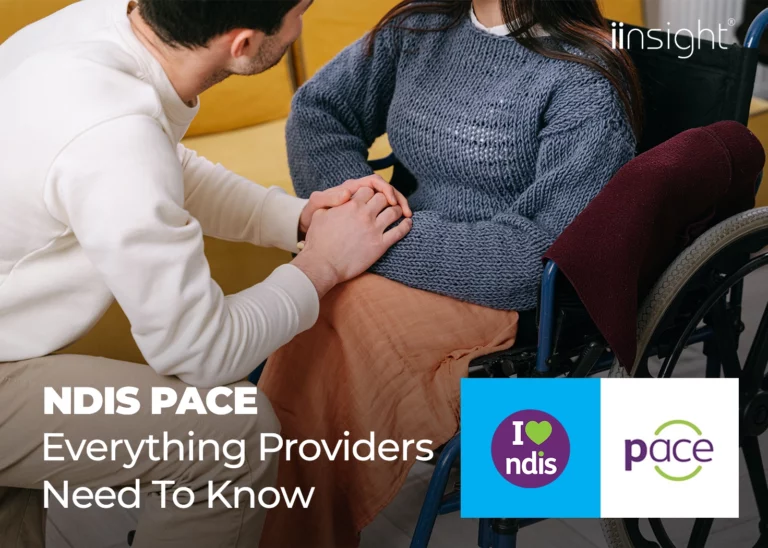Keeping Everyone Comfortable When It’s Time to Sign Paperwork
Sometimes the last thing we want to do is sign paperwork, much less try to coax someone else through it. But here are a few tips to make is easier.
In 2015, the UK government outlined its vision for the implementation of technology across the National Health Service (NHS). This included paperless patient records by 2020.
Many healthcare service providers throughout the industry have successfully implemented the use of electronic health records. They experience its benefits daily. But, despite the advantages of using this technology, they may still encounter difficulties getting patients to sign paperwork.
This may have also been the case with the signing of physical paperwork. There’s often a general discomfort patients feel. This is especially evident in what may already be a stressful situation.
Their discomfort is only exacerbated when they have to make decisions. But, there are ways you can make the signing process more comfortable and efficient.
Thinking about implementing an electronic system at your healthcare service? Or do you already have a system in place? Read on to get some tips for healthcare paperwork.
The Importance of Medical Paperwork
Maintaining or keeping healthcare documentation is important for both patients and healthcare service professionals. Accurate records allow doctors to effectively treat and manage the patients in their care. This documentation:
- Provides a way for doctors to show a patient’s course of treatment
- Provides a comprehensive history of patient care
- Helps in the monitoring and proper treatment of a patient
- Can assist with medical research
- Is useful for insurance, workmen’s compensation, and personal injury cases
- Is crucial in conducting medical audits as well as statistical studies
A patient can get proper care from any doctor at any institution when their treatment is properly documented. Unfortunately, there are several disadvantages when maintaining and securing physical paperwork.
The Disadvantages of Physical Paperwork in the Healthcare Industry
The World Health Organization (WHO) presented a paper on the Technical Series on Safer Primary Care. It found that in primary care, medical errors occurred between five and eighty times for every 100,000 consultations. Many of these errors were administrative.
They included incomplete or inaccurate patient records such as:
- Filing information in an incorrect patient file
- Documenting information in an incorrect patient file
- Improper documentation that caused gaps in a patient’s records
Often these were due to handwritten records. Medical paper records also present a slew of other issues including:
- Unclear history that may make audits difficult or inaccurate
- Difficulties with storage and purging
- Inconsistent annotations and layouts
- Limited security and no backup if destroyed or lost
- Time-consuming documentation and maintenance
Providers must make healthcare documentation easier. This includes converting to electronic health records.
Tips on Making Patients More Comfortable With E-Signing
The key to making patients more comfortable with e-signing documents lies in the system that you implement. You must choose a system that effectively supports patient records. It should also seamlessly integrate with other administrative functions.
When implementing a cloud-based case management system, consider the following:
Proper Roll Out
The implementation of your new system will only be successful if you have the buy-in of your staff. You can start with one department.
The system should be easy to use. It should also help them to do their job more efficiently. This, along with training that outlines exactly how the system works will get staff members excited.
Their excitement about the project will infuse others with enthusiasm. You can include these staff members in the rollout to other departments.
Integration With Legacy Records
Ensure the system you choose integrates with your current system. It should also facilitate the input of any legacy data you have. It’s important to remember that any data inputted should be accurate and usable.
Your new system should be an improvement to your current or last one. It should make your workload more manageable. The system should allow mobile and digital patient engagement. It should also facilitate input into its design by users after implementation.
Well-Designed Forms
This should include a review of your paper-based forms. It is a great opportunity to examine what worked. Remove what didn’t. Use your findings to design your digital forms, keeping user operability in mind, for both staff and patients.
Make sure there’s approval of all changes from your legal department before implementation. Also, keep in mind the forms that require both the patient’s and healthcare professional’s signatures. Where possible, include interconnected data fields to reduce human error.
Work with your provider so they can help you find solutions to some of these issues.
Administrative Considerations
Your service provider should be able to offer you a solution that meets all legal requirements including HIPAA, PIPEDA, and GDPR compliance. They should also be able to make administrative tasks easier including:
- Management of Health Insurance
- Payroll
- Recruitment
- Billing and Collections
It’s also important they provide ongoing IT and after-sales support so that you can quickly and effectively manage any issues that may occur while using the new system.
Advantages of an Electronic System
Implementing an electronic system is one way to ensure your clients are more comfortable signing paperwork. It also eliminates the need for storage due to excessive paperwork. This makes it an environmentally friendly solution.
It also provides a more secure process for capturing patient information. It will give your clients peace of mind when they encounter an efficient registration process during a distressing time.
Making Paperwork Easier for Your Clients
There are many electronic signature platforms available. But healthcare documentation is unique. It will need to include or capture specific elements. Any solution you choose should be HIPAA-compliant. It should also fulfill the unique needs of the healthcare process.
iinsight’s patient case management system makes it easy for your clients to sign paperwork. We have been providing healthcare solutions since 2004 and can implement one that works for you. We have offices in the United Kingdom, Australia, and Canada. Contact us today to arrange a demo and start making paperwork easier for your clients.












